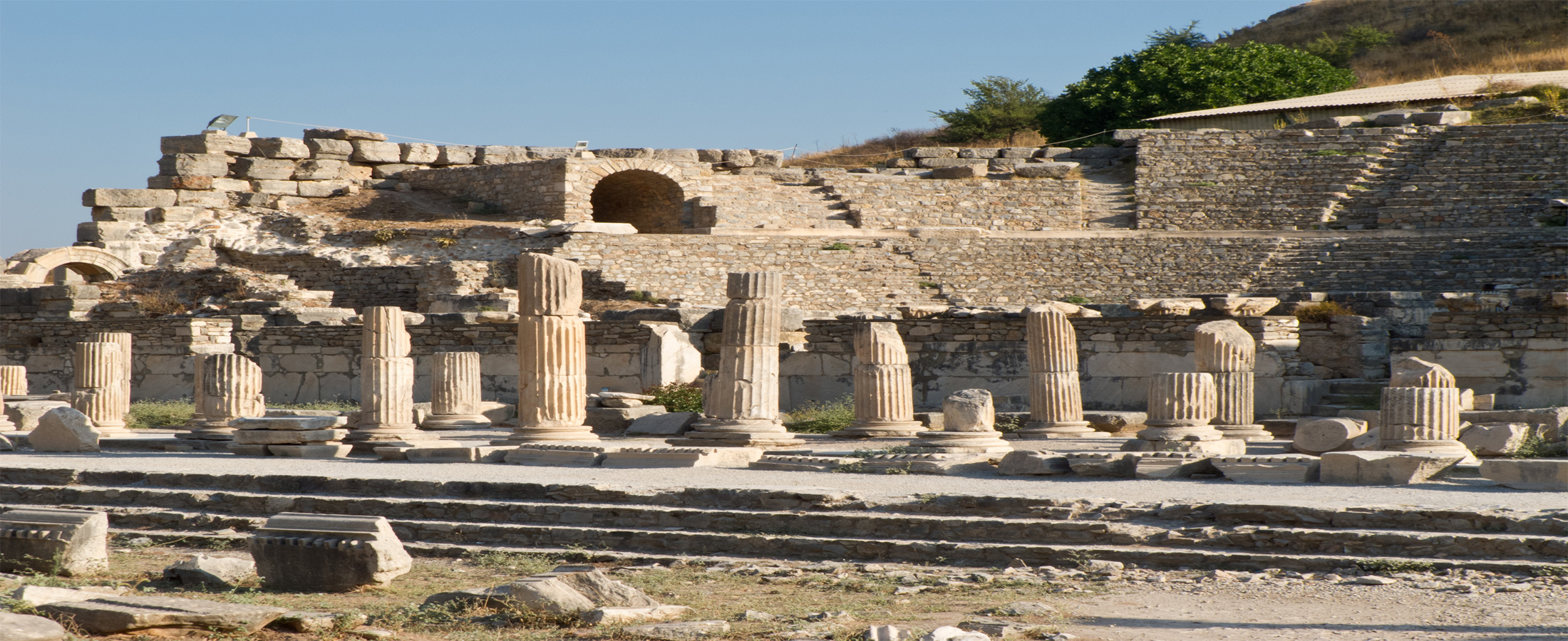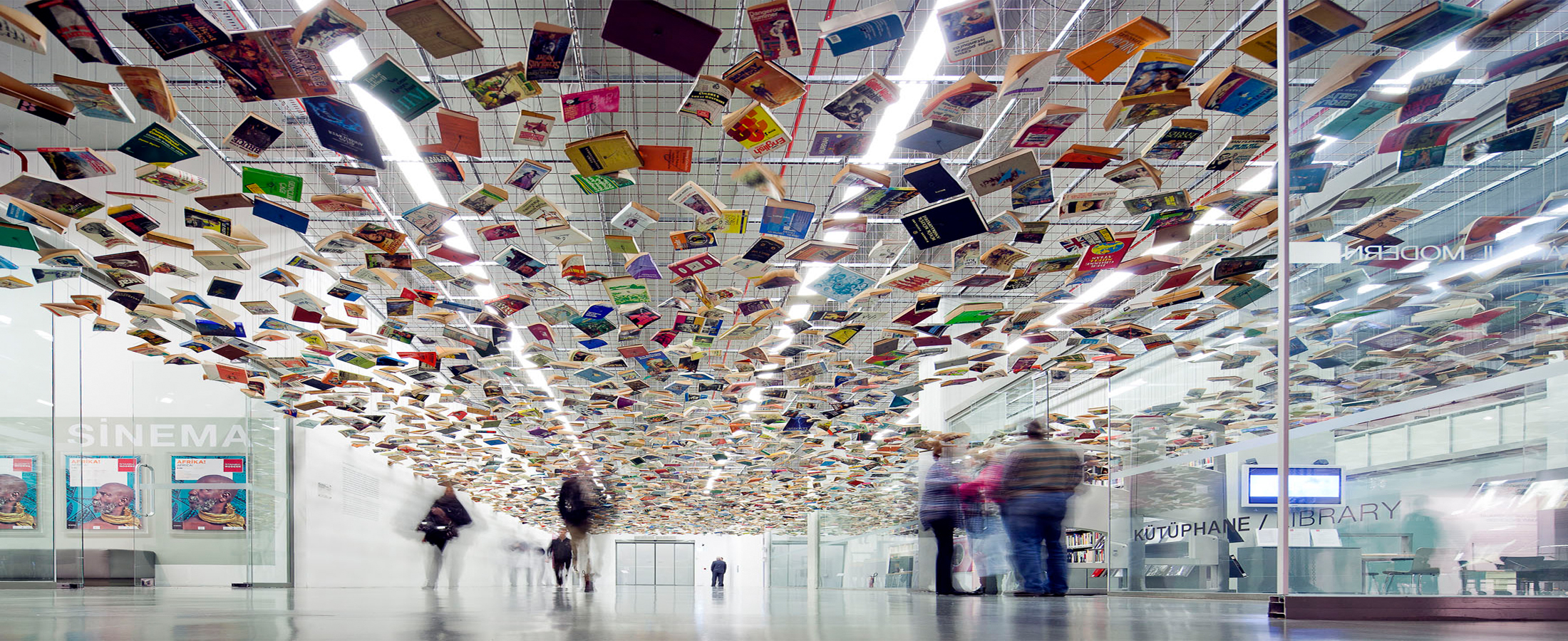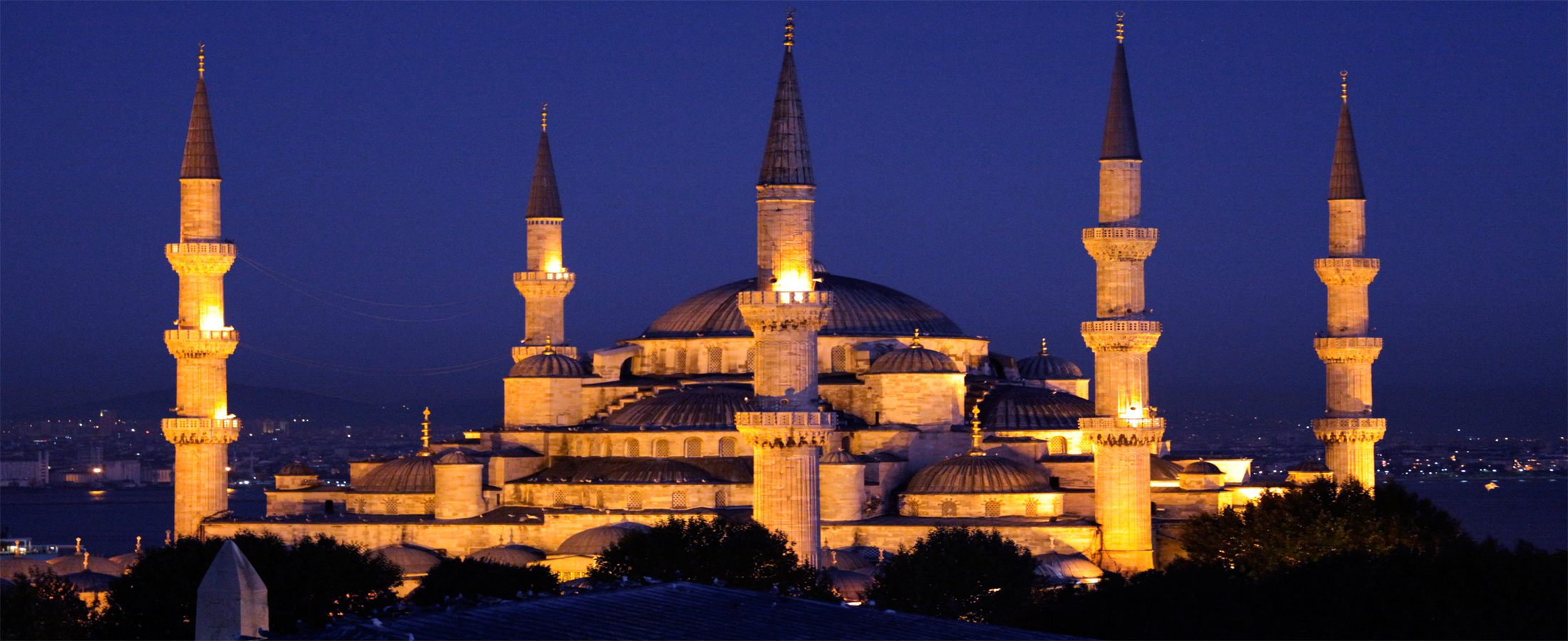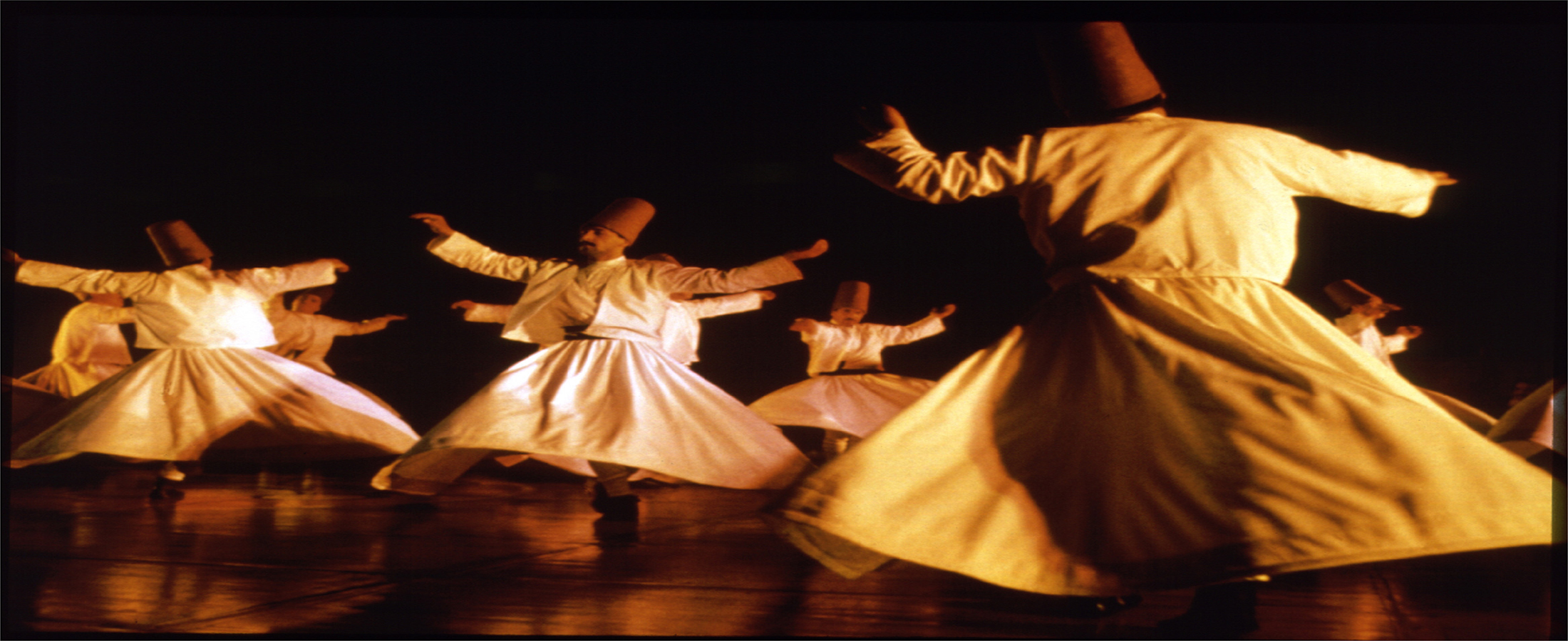Turkish culture reflects unparallel richness and diversity, and remains mostly shaped by its deep roots in Middle East, Anatolia and Balkans. Turkey has been the cradle of many civilizations for at least twelve thousand years. Today, Turkey may be the only country that contains every extreme of Eastern and Western culture (along with many compromises and fusions between the two).
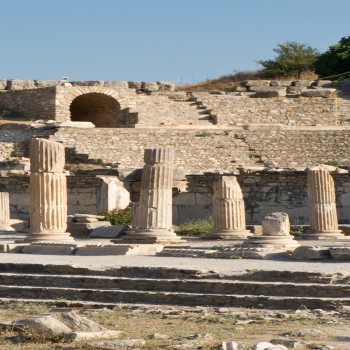
Ephesus
The ruins of Ephesus are one of the world’s greatest archaeological sites. It is located 75 km south of Izmir. The Temple of Artemis at Ephesus was one of the seven wonders of the ancient world. Ephesus also emerged as one of the main centres of early Christianity. St. Paul remained in the city for three years during his third missionary journey (53-57).The Apostle John also came to Ephesus to live and was finally buried here. Ephesus was one of the Seven Churches mentioned in his book of Revelation. Tradition has it that St. John brought the Virgin Mary to Ephesus after Christ’s crucifixion and that she lived and died in a small wooden house located about three miles away in the forested mountain above Ephesus at the age of 101. The city ruins include the agora, theater, gymnasium, stadium, Church of the Virgin Mary, Temple of Serapis, Temple of Hadrian, Fountain of Trajan, Scholasticia Baths, Temple of Domitian and terrace houses that once belonged to rich Ephesians, as well as the Celsus Library. The Cathedral of St. John is on the Ayasuluk hill above the city.
Plan my Turkey Vacation Now
Fine Arts
Until the 18th century, painting in Turkey was mainly in the form of miniatures, usually linked to books in the form of manuscript illustrations. In the 18th century, trends shifted towards oil painting, beginning with murals. Thereafter, under European inspiration, painting courses were introduced in military schools. The first Turkish painters were therefore military people. The modernisation of Turkish painting, including representation of the human figure, started with the founding of the Academy of Arts under the direction of Osman Hamdi Bey, one of the great names in Turkish painting.
Plan my Turkey Vacation Now
Literature
Literature has long been an important component of Turkish cultural life, reflecting the history of the people, their legends, their mysticism, and the political and social changes that affected this land throughout its long history. During the Ottoman period, the prevailing literary form was poetry, the dominant dialect was Anatolian or Ottoman, and the main subject beauty and romance. The Ottoman Divan literature was highly influenced by Persian culture and written in a dialect, which combined Arabic, Persian and Turkish. Separate from the aristocratic Divan literature, folk literature continued to dominate Anatolia where troubadour-like poets celebrated nature, love and God in simple Turkish language.
Plan my Turkey Vacation Now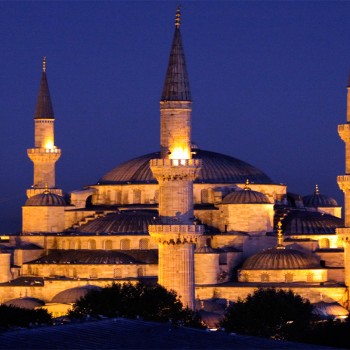
Sultanahmet Mosque
Sultanahmet Mosque is the most famous monument in both the Turkish and the Islamic worlds. It was built in the classic Turkish architectural style between 1609-1616 by the architect Mehmet. The building is more familiarly known as the Blue Mosque because of its magnificent interior paneling of more than 20,000 blue and white Iznik tiles. The inside is a single immense space into which the light pours from 260 windows. The dome 141 feet high, is supported by four enormous circular pillars 16 feet in diameter and are known as elephant feet. As it is located across Hagia Sophia, the mosque was designed to be as large and as magnificent as this Byzantine structure.
Plan my Turkey Vacation Now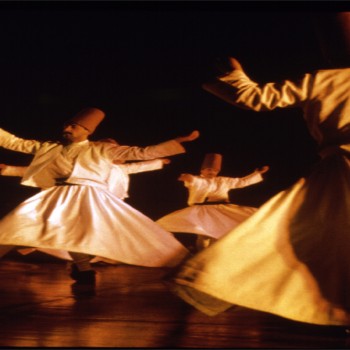
Whirling Dervishes
A dervish practices multiple rituals, the primary of which is the dhikr, a remembering of Allah.The dhikr involves recitation of devotional Islamic prayer. This dhikr is coupled with physical exertions of movement, specifically dancing and whirling, in order to reach a state assumed by outsiders to be one of “ecstatic trances’. Among the Mevlevi order, the practice of dhikr is performed in a traditional dress: a tennure, a sleeveless white frock, the destegul, a long sleeved jacket, a belt, and a black overcoat or khirqa to be removed before the whirling begins. As the ritual dance begins, the dervish dons a felt cap, a sikke, in addition to a turban wrapped around the head, a trademark of the Mevlevi order. The sheikh stands in the most honored corner of the dancing place, and the dervishes pass by him three times, each time exchanging greetings, until the circling movement starts. The rotation itself is on the left foot, the center of the rotation being the ball of the left foot and the whole surface of the foot staying in contact with the floor. The impetus for the rotation is provided by the right foot, in a full 360-degree step. The dance of the dervishes is one of the most impressive features of the mystical life in Islam, and the music accompanying it is of exquisite beauty, beginning with the great hymn in honor of the Prophet (na’t-i sharif, written by Jalaluddin himself) and ending with short, enthusiastic songs, some things sung in Turkish.
Plan my Turkey Vacation Now
